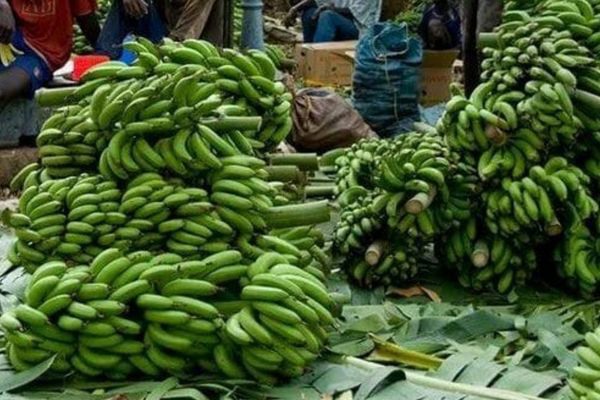The banana fruit industry in Senegal has great potential, thanks to a favorable climate, but remains under-exploited, mainly because of a lack of promotion and valorization of the produce. This is what Constantino Diatta, a Senegalese agro-economist, declared.
"The climate of Senegal is tropical with a hot trend, with an abundance of water, especially in the Gambia River basin. These are optimal conditions for the cultivation of bananas. But this favorable environment is not fully exploited by producers".
Diatta added: "Banana exports are dominated by agro-industrial enterprises, which have the capacity to mobilize financial, human, and technical resources to adapt to export standards and reach international markets. 80% of the banana volumes are concentrated in the Tambacounda region, east of the Gambia River basin. However, most of the volume produced nationally, including the production of family farmers, is destined for the local market".

Senegal remains under-competitive on the international market despite the good quality of its bananas, Mr. Diatta said. "For a judicious comparison, let's take the example of Côte d'Ivoire, a neighboring country, which has the same climatic conditions and the same quality of bananas as Senegal. In fact, Côte d'Ivoire is more competitive thanks to the efforts it has made in terms of valorization of its produce, comply with technical export standards, and to adequate and presentable packaging. While in Senegal, the harvest is often done in conditions that damage the fruit with nearly 25% of losses, to mention only this stage of production as an example."
"There is also a lost link in the marketing. For example, organic banana producers fail to reach the right markets, and sell their products at the same price as conventional bananas, while organic bananas on the high-end market in Senegal are imported,"
Despite this, banana volumes in Senegal continue to increase. "From 33K tons in 2019 to 35K tons in 2021, volumes have reached nearly 48K tons this season and we will soon exceed 50K tons produced annually for an estimated national consumption of 70k tons. The varieties grown are Robusta, Williams, Poyo, Big Dwarf, Small Dwarf, and Plantain with yields up to 50T/ha."
"We are seeing an increase in volumes due to the entry of more investors in production, as the sector remains profitable especially when the produce is exported. Exports are mainly destined for Europe." added Diatta.
"Many studies have been carried out, notably on the analysis of the value chain. These studies show that in order to be more competitive on the international market, it is necessary to enhance the value to the product. To do this, it is necessary to support producers, train them to respect quality standards and improve harvesting, sorting, packaging, storage and transport conditions. However, in reality, we observe that smallholder farmers have difficulties mastering these parameters without the necessary support."
For more information:
Constantino Diatta
Tel: +221 77691 6072
Email: [email protected]
